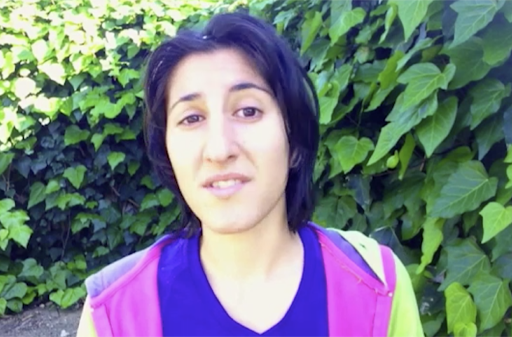3.3 Justice
Figure 5 is a classic representation of justice: a blindfolded woman holding a set of scales and a sword. The feminine figure has its origins in the Greek and Roman goddesses of justice. The blindfold represents impartiality, the scales represent the weighing of evidence for and against an issue, and the sword represents authority and power.
Justice is a term often associated with the criminal justice system, which exists to enforce laws of the state and normally comprises the police, courts and prison system. In principle the law is applied impartially and without prejudice so that all are treated fairly and equally in this system. In practice, however, the institutions can exhibit bias and discrimination as seen in the treatment of black people in the criminal justice system in the USA and in the UK (Belkin 2021).
This course encompasses the ideas of moral and political justice, as well as those of legal justice. The term that is often used in the context of global development is that of ‘social justice’. Social justice embraces two fundamental ideas which provide the foundations of global justice theories.
These ideas are those of:
- distributive justice which is concerned with the fair distribution of resources such as income and wealth.
- relational justice which is focused on the equalisation of social relations such as gender and employment relations.
Activity 4: Equality and fairness
Watch Video 2, or read the transcript, which outlines the difference between equal treatment for all and fair treatment for all. Can you think of an example of equal treatment which is unfair?

Transcript: Video 2: The difference between fairness and equality
Discussion
Different people in society have different needs. Therefore, equal treatment of all might ignore the needs of some people, creating disadvantage and leading to unfair outcomes. In Video 2, the equal treatment of three people regardless of their height leads to an outcome that is unfair for the shortest person, who cannot see the action over the fence. If the three people could be treated according to their different needs, then the outcome would be fair.
An example of equal treatment which results in unfair outcomes is university education which is, in theory, available to all in many countries. However, figures show significant disparities in take-up between students from well-off backgrounds compared to those from poor backgrounds. Institutional barriers include tuition fees which require personal financial contributions, and entrance examinations which favour those who have attended high quality schools (UNESCO 2020). In other words, not everyone starts from a level playing field.
Video 2 brings attention to the fact that equality does not equate with fairness and provokes a more in-depth examination of the factors that enable some to benefit whilst others are disadvantaged. Take the example of international taxation practices that allow multinational companies and wealthy individuals to avoid paying tax through the use of tax havens. Non-wealthy citizens of such countries pay taxes with poor countries being hardest hit in this way. Is this fair?
The concept of social justice thus is critical when thinking in terms of global development and provides a means of evaluating its processes and outcomes. However, doing so creates a major challenge in that it brings in questions of governance - who defines what fairness and equity look like? How can fairness and equity be measured? Such questions will inevitably be sources of disagreement and conflict. Following on from this, what types of institutions and public actions are needed to address injustices in global development?


